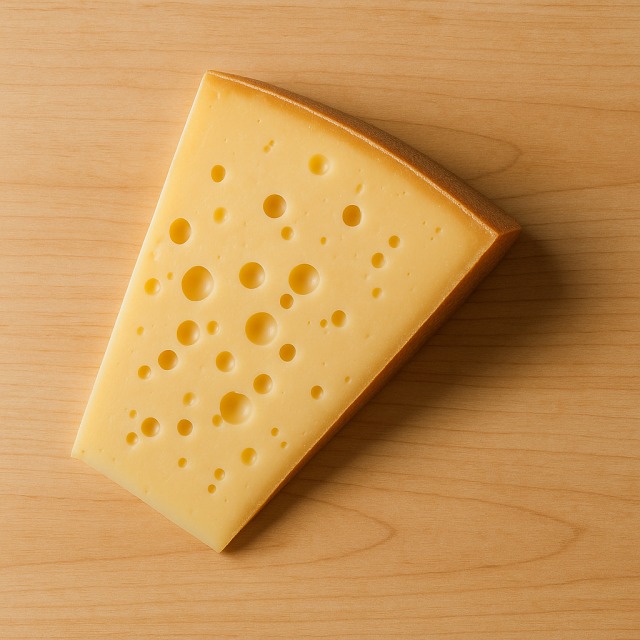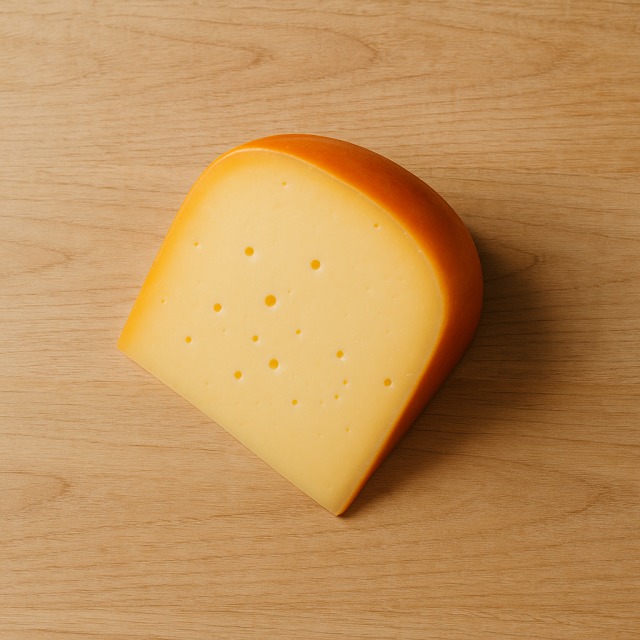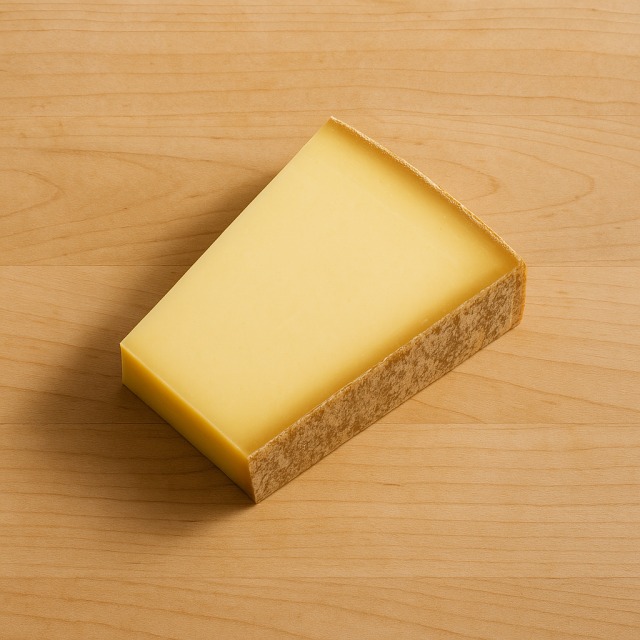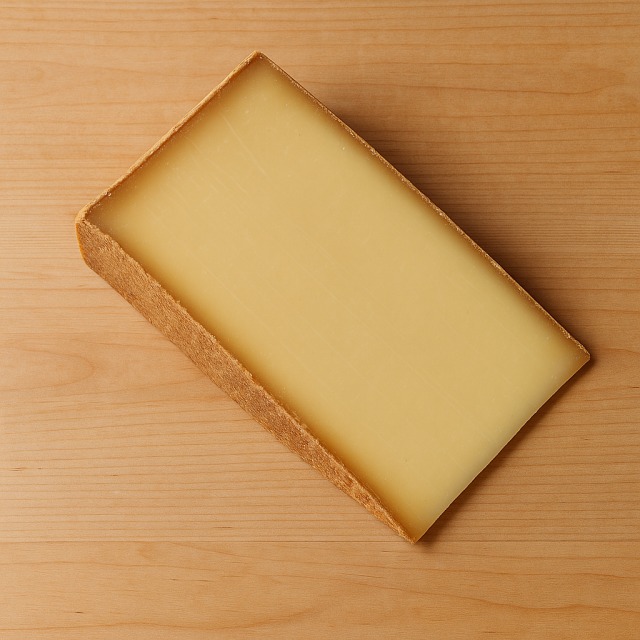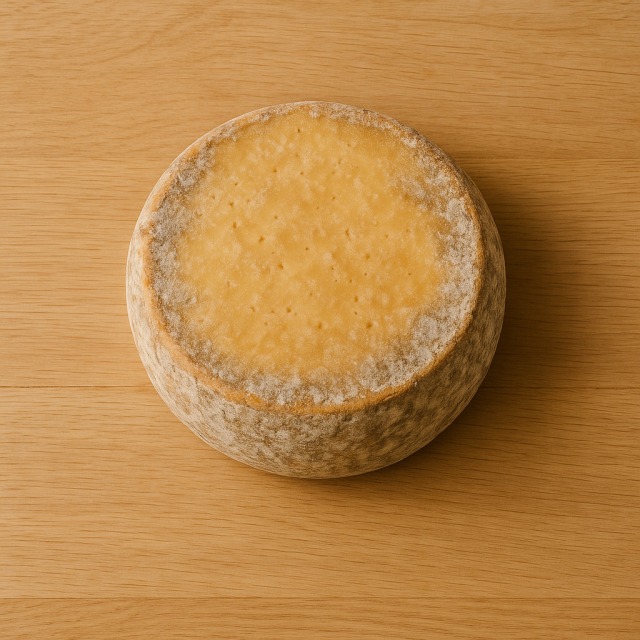Calorie Chart / Cheeses / Gruyère
How Many Calories Are in Gruyère?
Calculation of the nutritional value & Recommended Dietary Intake of gruyère
For g and a calorie requirement of kcal
| Calories 154 kcal | Proteins 12 g | Lipids 12 g | Carbohydrates 0 g |
| 8% | 16% | 18% | 0% |
Health benefits of gruyère
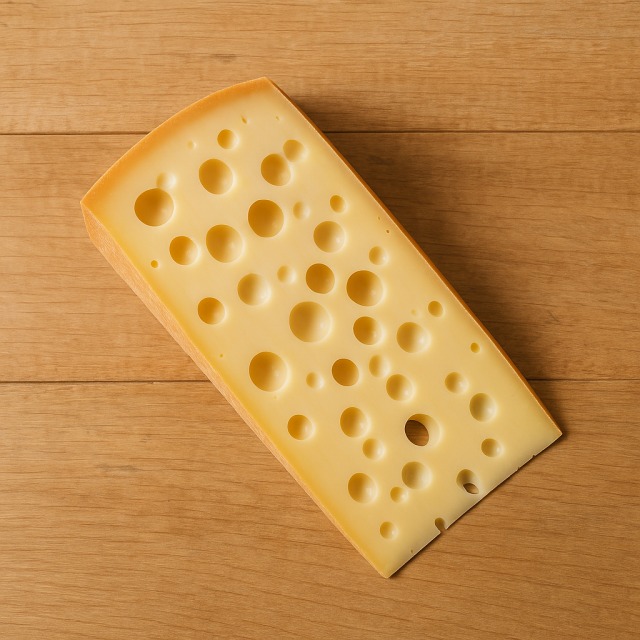
Gruyère - 100g
Calories 386 kcal
Proteins 29 g
Lipids 30 g
Carbohydrates 0 g
Gruyère is a high-calorie hard cheese: its dense texture means that just a small portion already delivers a significant amount of calories, making it useful for people who need energy-rich snacks or wish to increase their daily calories without large volumes of food. Beyond calories, it supplies complete proteins that contribute to muscle maintenance, plus generous amounts of calcium and phosphorus that work together for bone strength. Vitamin B12 supports red blood cell formation, vitamin A favors eyesight and skin health, while vitamin K2 (created during ripening) is being studied for its supposed role in directing calcium toward bones rather than arteries.
Because gruyère ages for several months, most of its lactose is broken down, making it easier to digest for many sensitive individuals. Zinc and selenium present in the cheese provide antioxidant support. Historically, the cheese takes its name from the Swiss town of Gruyères, where dairies have refined the technique since the 12th century. Its aromatic, slightly nutty flavor develops during a slow maturation in cool cellars—an artisanal process that still influences its calories per bite today. Whether you are monitoring calories to gain weight, to fuel endurance training, or to keep an eye on portion size, knowing that gruyère is calorie-dense helps you plan wisely.
Tips for incorporating gruyère into a balanced diet
If you track calories closely, weigh your slice of gruyère: a 25 g sliver already contains a sizable share of daily calories, yet offers plenty of flavor. Combine it with fiber-rich vegetables such as steamed broccoli or raw carrot sticks to create a satiating plate that moderates overall calories while adding vitamins and crunch.
For a comforting dish with controlled calories, grate a small handful over a homemade gratin dauphinois, but replace part of the cream with semi-skimmed milk. In a hot sandwich, melt gruyère inside a croque-monsieur; adding sliced tomato will lighten the recipe and contribute freshness without many extra calories. Athletes looking to boost both proteins and calories can toss diced gruyère into an omelet alongside lean chicken breast. Remember that, thanks to its strong taste, a modest quantity is enough to bring character while keeping calories in check.
Frequently Asked Questions
- How many calories are in gruyère?
- There are 386 kcal per 100 g.
- Is gruyère considered a high-calorie or low-calorie cheese?
- With nearly 400 kcal per 100 g, it clearly falls into the high-calorie category.
- Do melted dishes with gruyère contain more calories than raw cheese?
- The melting process does not alter the inherent calories; additional ingredients such as butter or cream sauce are what raise total calories.
- How does the calorie count of gruyère compare with emmental?
- Both cheeses are calorie-dense, but gruyère usually carries slightly more calories per 100 g than emmental.
- Can I reduce calories by trimming the rind?
- The natural rind is minimal; removing it changes calories only marginally because most calories reside in the paste.
- What is the best way to store gruyère without affecting its calories or quality?
- Wrap it in parchment, place it in an airtight box, and keep it in the vegetable drawer of the fridge; correct storage preserves flavor but does not change calories.
Similar foods
Information provided by Calorie Menu may contain inaccuracies or errors. It cannot, under any circumstances, substitute medical advice or medication.
